Mobile is the most measurable channel: Vasuta Agarwal
Vasuta Agarwal, VP & GM, India & South Asia, InMobi is an experienced professional with more than 10 years of experience across the digital industry and strategy consulting domain. Skilled in leading large business teams, running a P&L, driving revenue growth, building strategic business partnerships and running sales transformation programs.
In conversation with Adgully, she discusses the process of delivering succesful creative on the mobile platform.
Excerpts:
To what extent is mobile chipping into brand budgets?
The total smartphone user reach in India is 337 million and has seen a 16% growth YoY and 75% growth in last 3 years. Mobile owns a high share of voice amongst media today (40% higher than TV - 4.5 hours mobile, 3.3 hours TV daily). And, mobile impacts all stages of the consumer journey/ user funnel. This is making mobile an incredible asset for brands.
While the overall media ad spending is expected to grow by 12%, mobile ad spending is expected to increase by 78% in 2018 and has owned the lion’s share of all digital ad spending. Mobile will soon become the mainstay for brands.
Are the days of desktop creative being rendered to mobile over? Have the days of mobile-first creative arrived?
Mobile-first creative is a priority for marketers with mobile owning more than 80% of digital media time in India. There were days when even mobile-optimisation was an afterthought. But, today marketers think mobile-first including app environment (news vs gaming), ad format (vertical vs landscape), ad length (long vs short) etc. when creating most digital and in some cases, integrated marketing campaigns.
What ad formats are drawing best results on mobile?
Mobile video, as an ad format, has emerged as the favorite for marketers and consumers. According to our latest report on the state of mobile video, India is the fourth largest consumer of mobile video ads globally - having risen by 124% in the last year. From our recent consumer research through InMobi Pulse, majority of smartphone users have a preference for fullscreen and video ads. Refer report for more details.
And, mobile video is known to drive 3X higher engagement than static formats and 2X better conversions. Thus, mobile video has become the preferred format for branding and performance alike.
What is the creative process usually followed for mobile ads?
The underlying principle when building creative for mobile is blending elements of both - Left brain (creative) and right brain (analytical). The creative process for mobile can be divided into 3 major buckets - Context, Conceptualisation and Execution.
- Context: As a first step, one should build a deep understanding of the specific brand/product that is being promoted and the consumer. From brand/product ethos to objective to messaging to the role of mobile in the life of the target audience and their behavior with their devices.
- Conceptualisation: Conceptualisation needs to marry innovative/latest technologies, the brand objective/goals and mobile creative expertise. Conceptualising for mobile also means you have the guidance of measurement/data such as video views, time spent, clicks and so on.
- Execution: The execution involves extensive testing to achieve the desired user experience and business metrics. Even after go-live, a frame-by-frame performance of the creative should be analysed to optimise. This includes enhancements in location of the CTA, building better interactivity or enhancing messaging.
You can refer the following award winning case studies that have been built based on a similar framework - L’Oreal and Diageo
How can key differentiators be created in mobile communications and compelling brand experiences delivered?
Media consumption is highly fragmented and personalised because of smartphones. A marketer can not only reach a wide set of audiences but also customise experiences based on the user context with mobile.
Brands can design compelling brand experiences for various objectives - be it driving top of mind recall, raising awareness about a new product or driving direct responses. From contextual ads such as offers when consumers are around retail stores to personalised recommendations based on past purchases, preferences and affinities. Also, with the amount of data available, marketers can apply machine learning algorithms to enhance customisation/personalisation.
Brands such as L’Oreal, Diageo, Swiggy leverage mobile to achieve a range of objectives including driving brand awareness, customer engagement, customer acquisition and enhancing customer LTV.
Do you see playables, VR, full demos becoming important mobile ad formats in time to come?
Playables, VR and full demos are recent innovations on mobile which hold a lot of promise. These could become the default way for brands to engage with consumers as technology around these evolves. But, it will still be a while before they become mainstream. However, the early adopters are making the most of these formats to capture consumer attention, mindshare and drive engagement.
A great example of augmented reality is our recent award winning innovation with Loreal.
Can the value of mobile advertising be quantified?
Mobile is the most measurable channel. Marketers have the ability to measure across the funnel - from reach (impressions, unique users) to engagement (clicks, completed views, dwell time) to actions (installs, footfall, transactions). This helps marketers arrive at the Return on Ad Spend (RoAS) from their marketing activities.








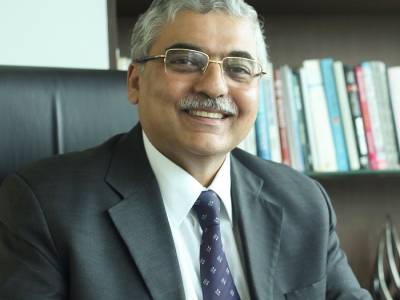
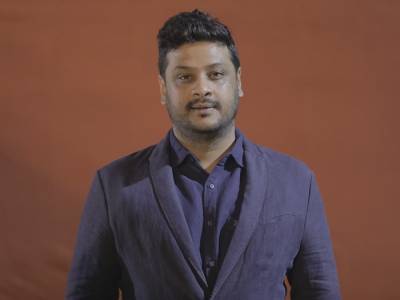
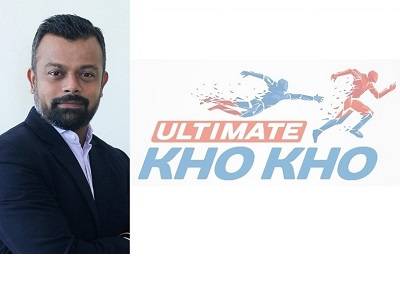

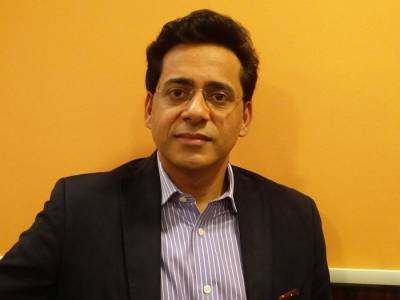
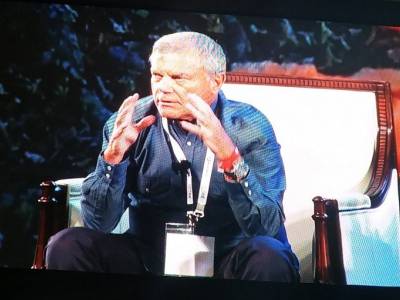
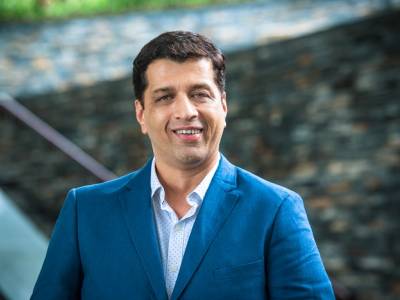

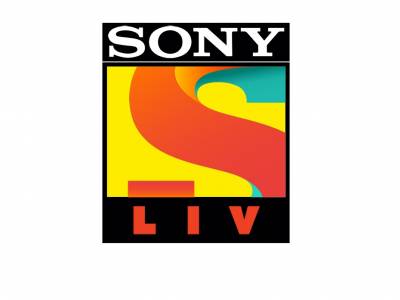




Share
Facebook
YouTube
Tweet
Twitter
LinkedIn